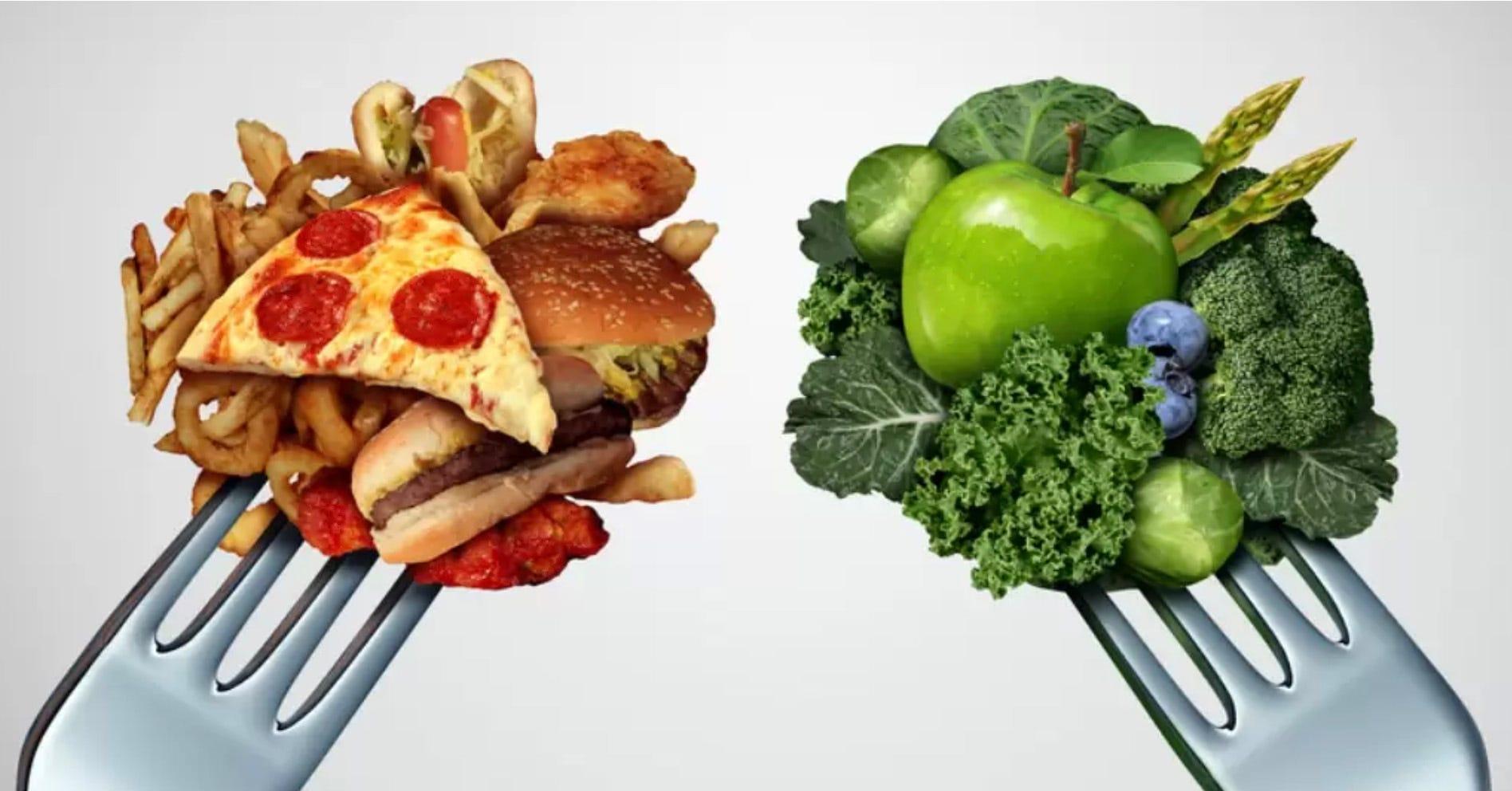In a world where convenience often trumps nutrition, breaking free from unhealthy eating habits can feel like an insurmountable challenge. These habits, deeply rooted in our daily routines and emotional responses, can have a profound impact on our physical health and overall well-being. However, understanding the underlying psychological and environmental factors that contribute to these patterns is the first step toward meaningful change. This article delves into the complexities of unhealthy eating behaviors, offering an empathetic exploration of the reasons they persist and providing practical, evidence-based strategies to help individuals transition toward healthier dietary choices. By examining the intricate interplay between mind, body, and environment, we aim to empower readers with the knowledge and tools necessary to embark on a journey toward healthier eating habits, fostering a sustainable lifestyle change that honors both their health goals and personal circumstances.
Understanding the Root Causes of Unhealthy Eating Patterns
In exploring the underlying reasons behind poor dietary choices, it’s essential to recognize that these habits are often deeply rooted in various psychological and social factors. Stress and emotional distress frequently drive individuals to seek comfort in high-calorie, sugary, or fatty foods, creating a temporary sense of relief. The hustle of modern life, coupled with the convenience of fast food, further exacerbates this tendency, making it challenging to opt for healthier options. Additionally, cultural influences play a significant role; food traditions and family habits can sometimes inadvertently promote unhealthy eating patterns.
- Emotional Triggers: Many people turn to food as a coping mechanism during times of emotional upheaval.
- Societal Pressures: The constant bombardment of advertisements promoting unhealthy foods can sway dietary choices.
- Lack of Awareness: A significant number of individuals lack the nutritional knowledge needed to make informed food choices.
- Time Constraints: Busy schedules often lead to prioritizing convenience over nutrition.
By acknowledging these root causes, we can begin to unravel the complex web of influences that perpetuate unhealthy eating habits. Understanding the psychological and social contexts allows for a more compassionate approach in addressing these issues, paving the way for more sustainable and positive dietary changes.

Cultivating Mindful Eating Practices for Long-term Change
In the pursuit of healthier eating habits, embracing a mindful approach can lead to profound and sustainable changes. At its core, mindful eating involves being fully present during meals, which helps in recognizing and responding to the body’s natural hunger and satiety cues. This practice fosters a deeper connection with food, encouraging individuals to appreciate the textures, flavors, and aromas that each meal offers. By slowing down and savoring every bite, we can cultivate a more intentional relationship with what we consume, ultimately reducing the tendency to overeat or indulge in unhealthy choices.
To integrate mindful eating into your daily routine, consider the following strategies:
- Pause Before Eating: Take a moment to breathe and assess your hunger level before starting a meal.
- Eliminate Distractions: Turn off screens and focus solely on the eating experience to better appreciate your food.
- Engage Your Senses: Notice the colors, smells, and textures of your food to enhance your eating experience.
- Chew Thoroughly: Slow down and chew each bite thoroughly to aid digestion and enhance taste.
- Reflect on Emotional Triggers: Be aware of emotional eating patterns and explore healthier coping mechanisms.
By consistently practicing these mindful eating techniques, you can transform your eating habits, fostering a more balanced and harmonious relationship with food that supports long-term well-being.

Building a Supportive Environment to Encourage Healthy Choices
Cultivating a nurturing atmosphere plays a pivotal role in reshaping dietary habits. Identify triggers that prompt unhealthy eating, such as stress or boredom, and work on replacing them with more constructive activities like taking a walk or practicing mindfulness. Create a positive food environment by keeping healthier options visible and accessible, while storing less nutritious choices out of sight. This subtle shift can naturally guide choices without imposing restrictive measures.
Additionally, encourage communal involvement. Engage friends and family in meal planning and preparation, fostering a sense of accountability and support. Share recipes and cooking tips to make the journey enjoyable and collaborative. Celebrate small victories together, reinforcing positive behavior changes and building momentum. By transforming the surroundings into a supportive network, the path to healthier eating becomes a shared and sustainable journey.

Practical Strategies to Replace Unhealthy Habits with Nutritious Alternatives
Transforming your eating habits can feel overwhelming, but breaking it down into manageable steps can make the journey smoother. Start by identifying the triggers that lead to unhealthy choices. Is it stress, convenience, or perhaps social settings? Once you pinpoint these, it’s easier to plan ahead and substitute with more nutritious options. For example, if stress drives you to sugary snacks, consider mindful eating practices or healthier alternatives like fruits, nuts, or yogurt that still satisfy your cravings.
- Swap Processed for Whole Foods: Replace refined grains with whole grains, such as brown rice or quinoa, to increase fiber intake and feel fuller longer.
- Rethink Your Beverages: Sugary drinks can be a hidden source of calories. Opt for water infused with fresh fruits or herbal teas to stay hydrated and refreshed.
- Practice Portion Control: Using smaller plates can help control portion sizes, reducing the temptation to overeat.
Consistency is key. Gradually introducing these changes can lead to sustainable habits that nurture both your body and mind. Remember, the goal isn’t perfection but progress. Celebrate small victories and stay compassionate with yourself through the process.
